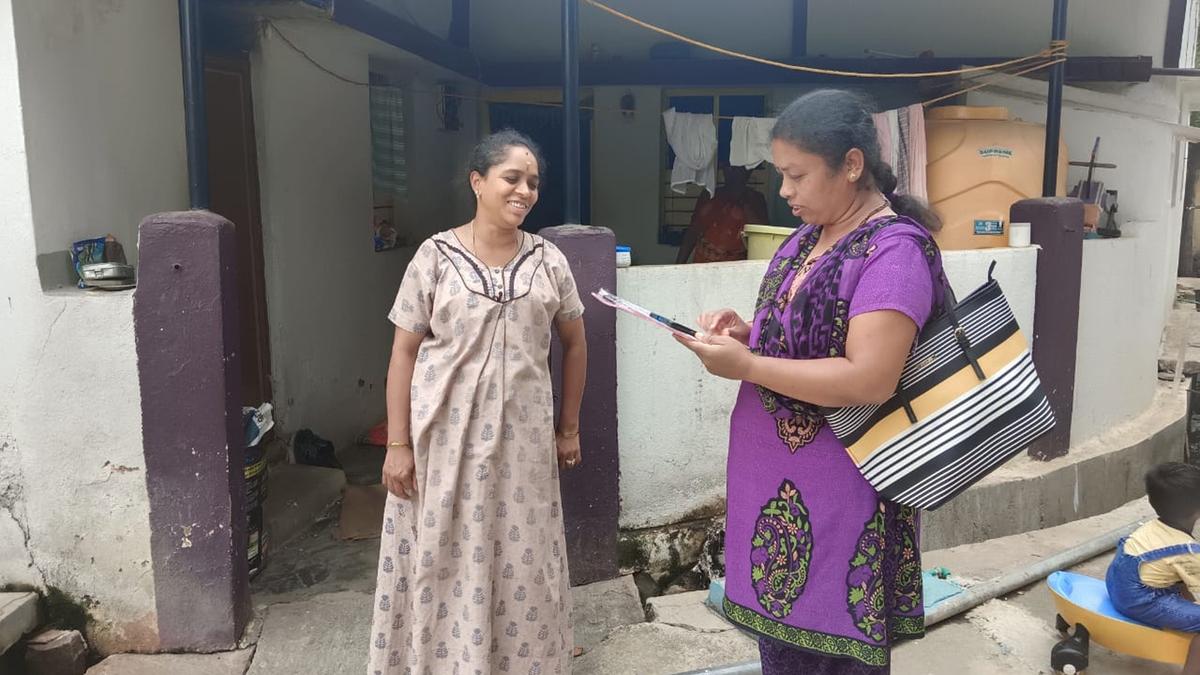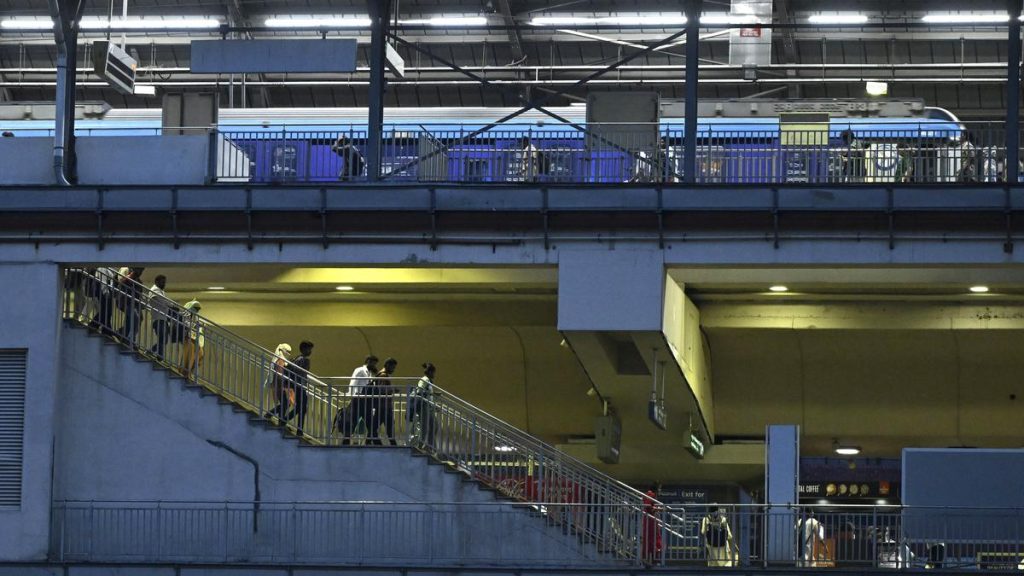Now Reading: Government Engages Nomadic Tribes in Talks to Resolve Reservation Protest
-
01
Government Engages Nomadic Tribes in Talks to Resolve Reservation Protest
Government Engages Nomadic Tribes in Talks to Resolve Reservation Protest

Quick Summary
- Nomadic and semi-nomadic caste leaders are protesting against the Karnataka government’s decision to alter reservations suggested by a one-man commission led by retired judge H.N. Nagamohan Das.
- The commission proposed a 1% reservation for Category A, comprising 59 microscopic castes with a population of approximately 5 lakh; this was scrapped, merging them with relatively better-off communities like Lambani, Bhovi, Korcha, and Korma.
- protests began on august 19 at Freedom Park in Bangalore demanding restoration of the original advice or removal of certain communities from the nomadic category.
- Activists argue that merging “most backward” castes with “less backward” castes creates unfair competition among unequals and contradicts Supreme court rulings on backwardness criteria.
- Suggestions have been made to increase Scheduled Caste quotas from 17% to 18%, reserving an additional percentage specifically for nomadic groups based on population data.
- A complete special package containing financial aid, employment opportunities, housing provisions, and land allocation is reportedly under consideration by the government but hasn’t been finalized yet.
Indian Opinion Analysis
The protest illustrates deeper systemic fissures within how affirmative action policies are approached in India. While the demand for equitable representation aligns with constitutional promises for marginalized communities, it also highlights challenges in balancing conflicting interests within subcategories such as “most backward” and “less backward” groups. Merging socioeconomically disadvantaged castes into broader categories risks diluting benefits intended specifically for those who remain severely underrepresented in employment and education despite decades of reservations.
The call for increasing SC quotas may offer an choice route towards incorporation without fragmentation; however,this approach could face feasibility concerns given competing fiscal priorities within governance structures. Meanwhile, using a developmental package as compensation indicates pragmatic governance but does not eliminate legal vulnerabilities stemming from alleged violations of established Supreme Court principles.
India faces critical questions about whether its affirmative frameworks can adapt inclusively while ensuring equity between micro minority groups versus larger demographics requiring representation. Solutions must balance urgent social justice needs without further complicating political sensitivities across caste hierarchies.
Read more: The Hindu






















